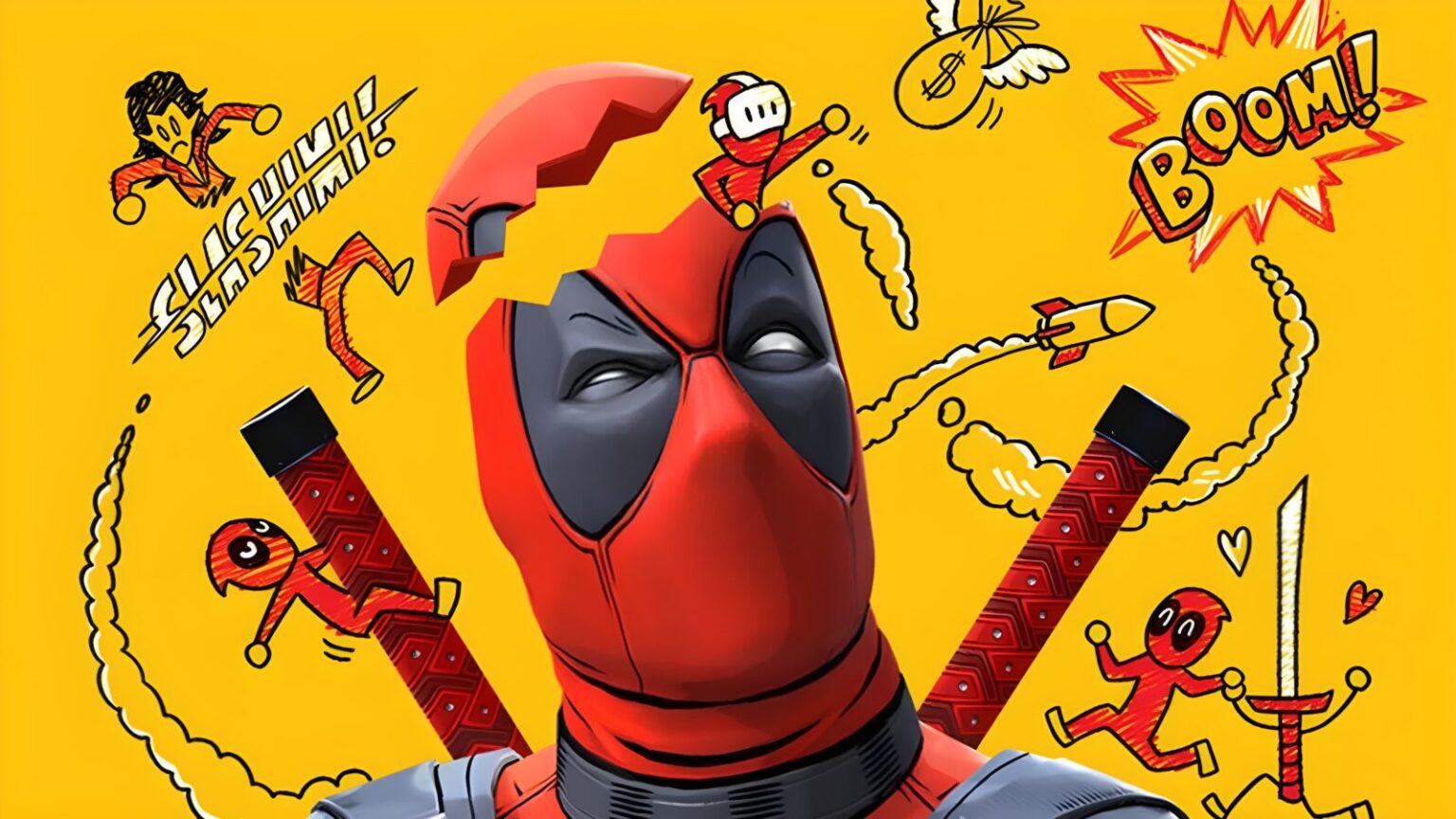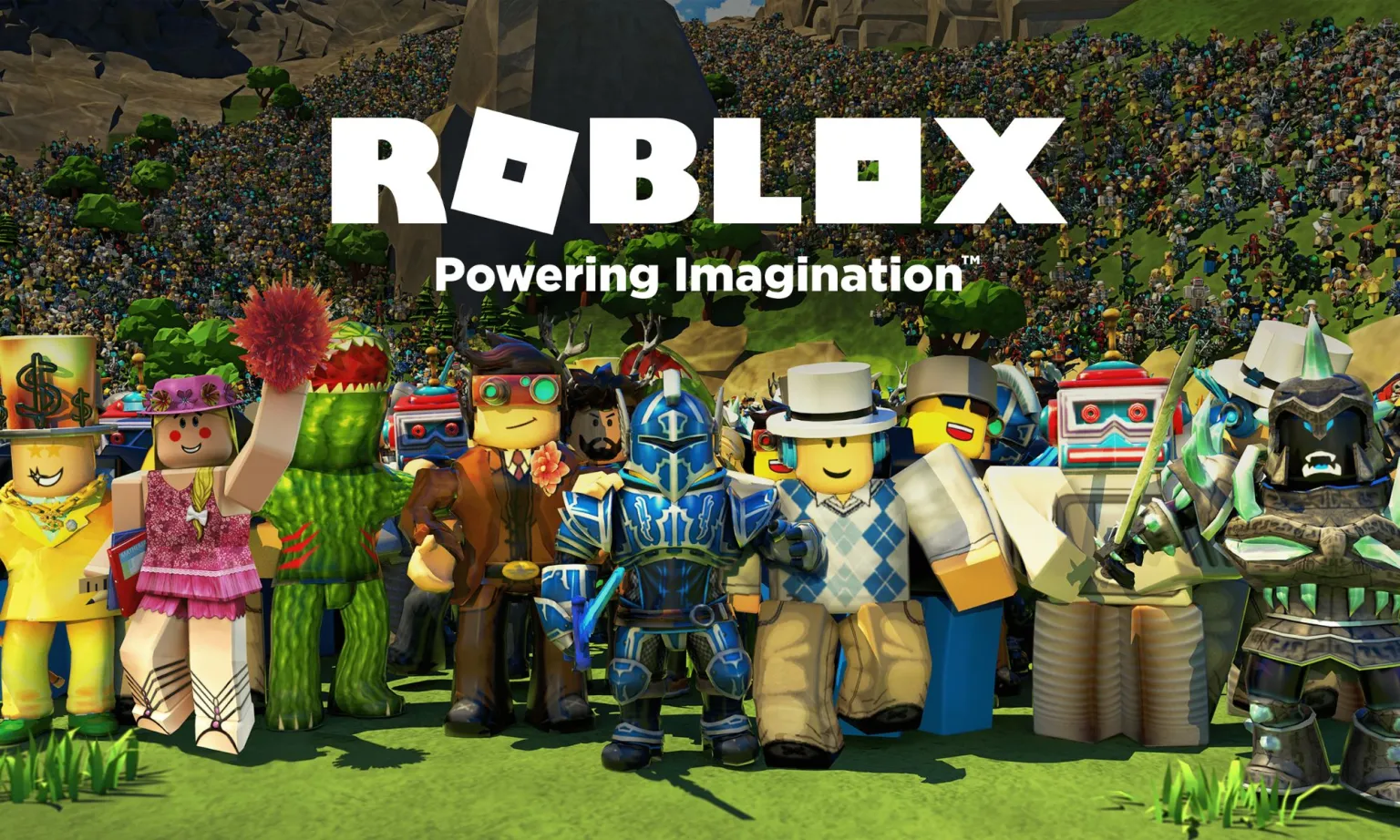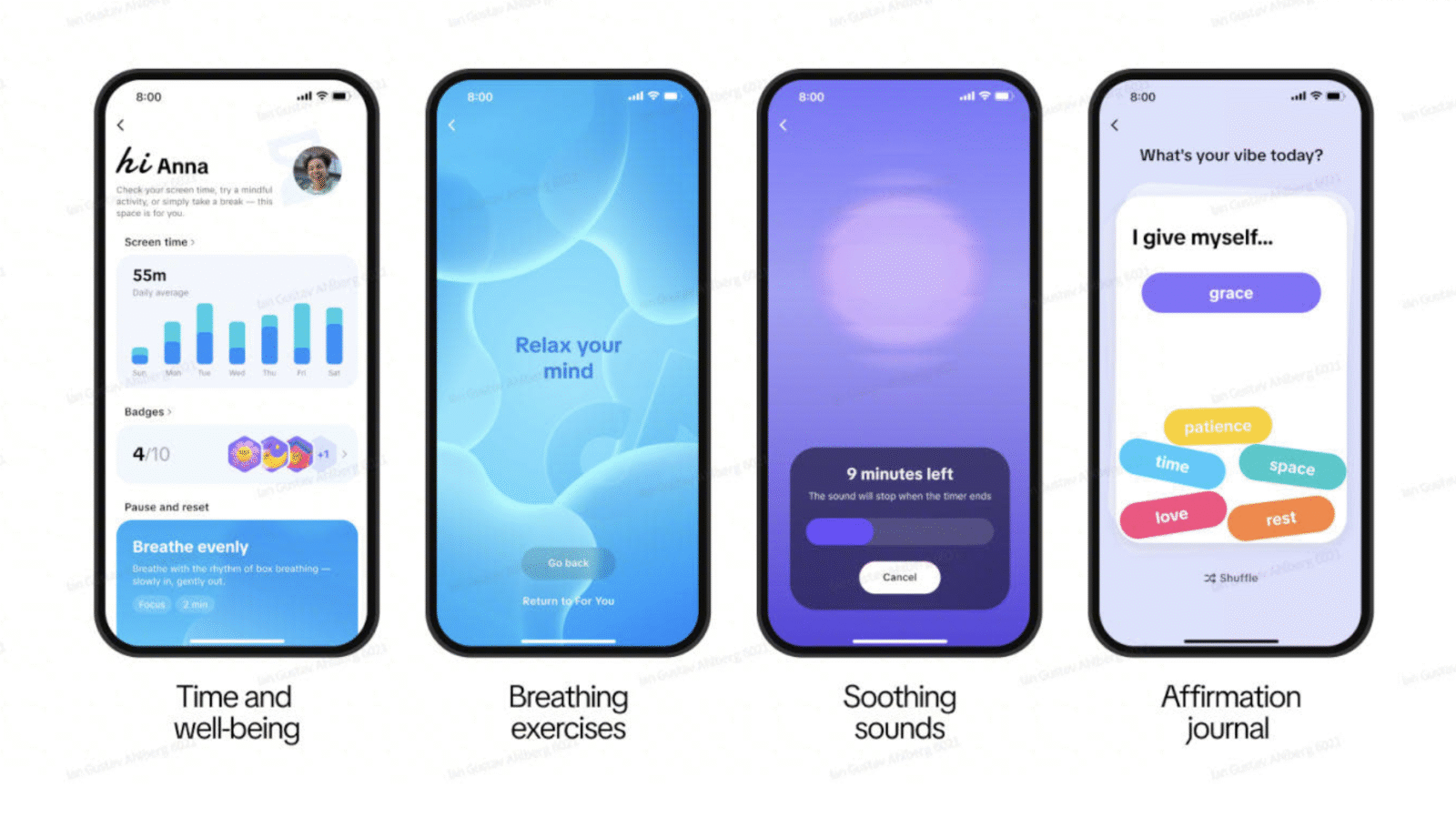TL;DR: Fast, funny, violent, stylish, and wildly replayable. Minor frustrations aside, Deadpool VR delivers exactly what it promises.
Deadpool VR
I spent some time living inside Marvel Deadpool VR in the same way one might accidentally live inside a fever dream: suddenly, fully, and with no real sense of whether what’s happening is normal. It starts innocently enough—you put on your Meta Quest 3, the screen fades in, Deadpool starts talking directly to you, and before you know it your head is rolling across the floor while your body keeps fighting without you. Somewhere around hour three, I realized there was no turning back. Somewhere around hour six, I stopped wanting to.
Deadpool VR is a game that doesn’t just understand its own absurdity—it weaponizes it. Every mechanic, every joke, every burst of cartoon gore feels engineered to remind you that this isn’t just another VR shooter. It’s a full-throttle VR playground designed for people who want to sprint up walls, fire pistols upside-down, scream at the void, and have the void scream back in the form of livestream chat comments from interdimensional teenagers.

The premise is pure Deadpool: Mojo kidnaps you—well, Deadpool, but therefore you—so you can star in his chaotic, gore-soaked reality show. Your job? Hunt down Marvel villains for views, cash, and because the story needs something resembling forward momentum. It’s wonderfully stupid in a way only Deadpool stories can be. And honestly? That simplicity is liberating. There’s no brooding monologue. No cosmic fate. Just violence, jokes, and the cinematic emotional depth of a waffle dropped on a gym floor.
Right from the first mission, Marvel Deadpool VR announces itself as a kinetic, parkour-drenched experience. You’re handed pistols and katanas and thrown directly into a pit of enemies who exist solely to be shredded, shot, vaulted over, kicked, and insulted. There’s no easing in, no VR training module, no tedious “this is how your feet work” tutorial. It assumes you’re here for chaos, and it wastes zero time giving it to you.
What surprised me most was how good the movement feels. VR often struggles with fast traversal, but Deadpool VR pulls off the impossible: wall-running in VR that doesn’t feel nauseating or flimsy. Double-jumping that feels sharp and crisp. Grapple points that launch you across arenas like you’re auditioning for a Spider-Man reboot no one asked for. It’s movement-first design, and the moment it clicks, you stop thinking about your hands and start thinking like Deadpool.

What separates Deadpool VR from every other VR action game I’ve played is how much variety the combat system offers from minute to minute. One second you’re powersliding under a missile barrage, the next you’re dive-kicking a grunt off a ledge, and then—you guessed it—you lose your arm. Again. The game uses Deadpool’s regenerative abilities as genuinely fresh VR mechanics. Detachments become puzzles. Disembodiment becomes strategy. And piloting your own head while your torso gets into trouble is one of the most bizarrely delightful things I’ve ever done with a headset on.
Combat has this incredibly satisfying rhythm: disable with a katana, kick for crowd control, swap to pistols, vault up a wall, grapple mid-air, land on someone’s shoulders, and finish them with whatever absurd melee weapon you just yanked from the last guy’s hands. It’s not realism. It’s not simulation. It’s stylized chaos stitched into a physical language the game encourages you to improvise with.
And then there’s the arsenal. Deadpool VR gives you a buffet of ridiculous hardware. Katanas that extend mid-swing. Pistols with riotous kick. Flamingswords. Shock batons. Grenade types for every mood: explosive, sticky, comedic. There’s a chainsaw axe, because of course there is. If you can imagine it, Deadpool VR probably lets you swing it, shoot it, or dual-wield it.

Upgrading gear between missions is surprisingly rewarding. Mojo bucks—earned based on your performance and your “viewer count”—let you buy new katanas, pistols, and grenade types, each wildly distinct. These aren’t stat bumps; they change your style. From boomerang swords to the Penetrator pistols (don’t ask), the game makes experimentation exciting. I found myself replaying whole zones just to try new combinations on enemies who, frankly, deserved none of what I did to them.
Speaking of zones: Deadpool VR’s levels are themed playgrounds of violence and parody. The ninja academy is a hotbed of anime references and weeb jokes. Omega Red’s territory leans hard into old Soviet tropes. Each villain domain is equal parts combat arena and comedy routine, with Deadpool riffing constantly on genre clichés, game design conventions, and occasionally me personally.
The reality show framing is surprisingly effective. It’s more than a narrative gimmick—it’s how the game measures your success. Viewer comments stream in as you fight, ranging from supportive to unhinged to deeply confused. The scoreboard after each fight encourages replaying levels for higher ranks, more bucks, and more glorious carnage. It’s the one VR game where I genuinely enjoyed post-battle scoring screens.
But it’s the Deadpool variants that genuinely shocked me. Unlocking Lady Deadpool, Deadpool Kid, and other versions not only gives you new voice lines but unlocks hidden doors in levels that lead to entirely new challenges. It’s a brilliant loop: new character, new dialogue, new secrets, new rewards. Lady Deadpool constantly makes fun of the developers for forgetting to record gender-correct NPC dialogue. Deadpool Kid brings yeehaw energy I wasn’t prepared for.
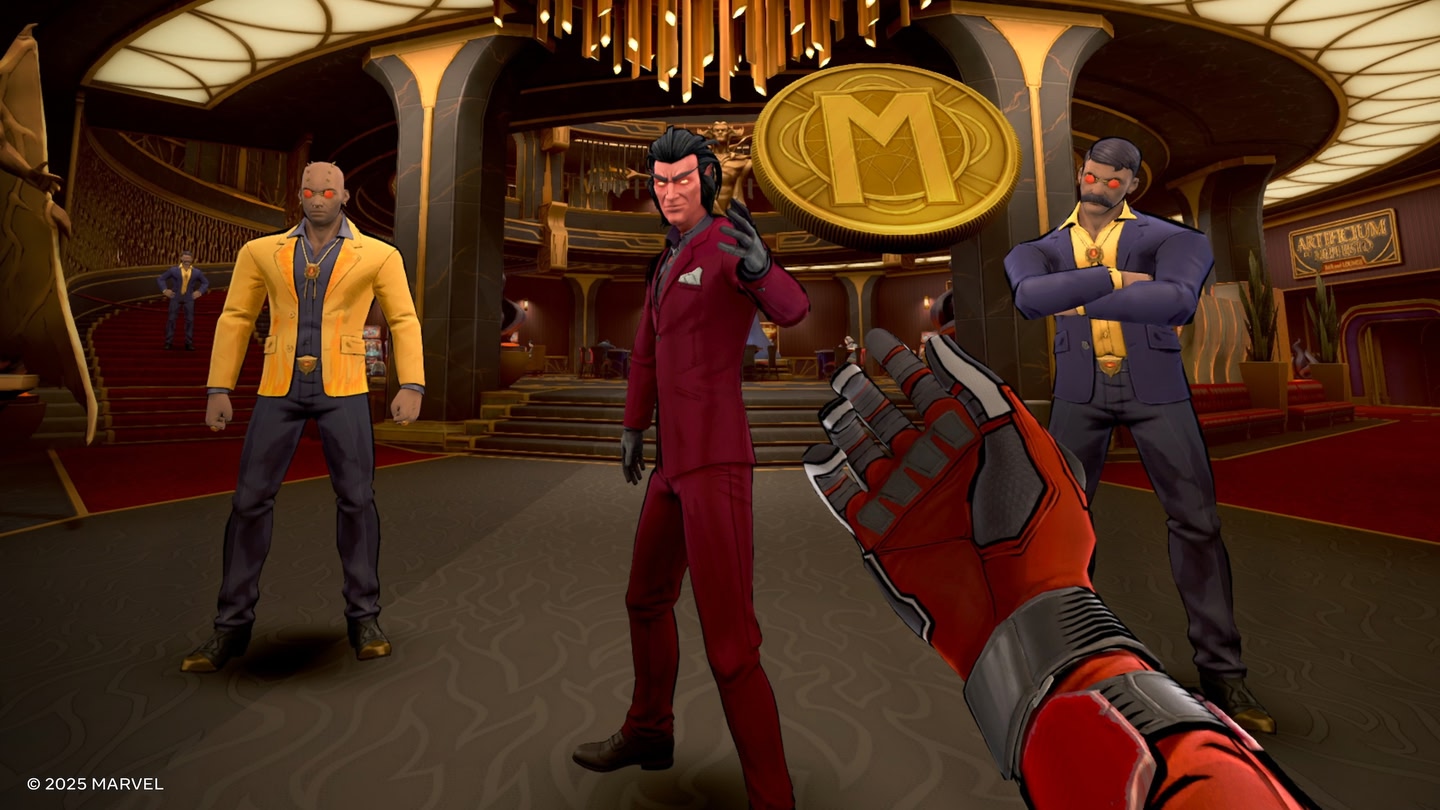
It all works—except when the game forces you to sit through long unskippable cutscenes on replays. For a game that thrives on speed and momentum, it’s baffling that major dialogue sequences can’t be fast-forwarded.
Boss battles are also the game’s weakest point. They rely too much on choreographed quick-time sequences that momentarily rip control from you. Worse, if you happen to be misaligned in real space during these moments, the game can kick you all the way to the Quest home screen.
Despite those hiccups, the game looks and sounds outstanding on Quest 3. The cel-shaded visuals pop with color, and the gore—cartoony but surprisingly detailed—never stops being delightful. The Quest 3S runs the game too, but not nearly as cleanly. Performance dips, textures blur, and overall fidelity takes a noticeable hit. This is a Quest 3 showcase title.
Audio is mostly excellent. Weapons thump and crack with weight. Enemies yell insults as they fall apart. The soundtrack keeps pace with the action. Occasionally things blow out during intense scenes, but most of the time the soundscape shines.
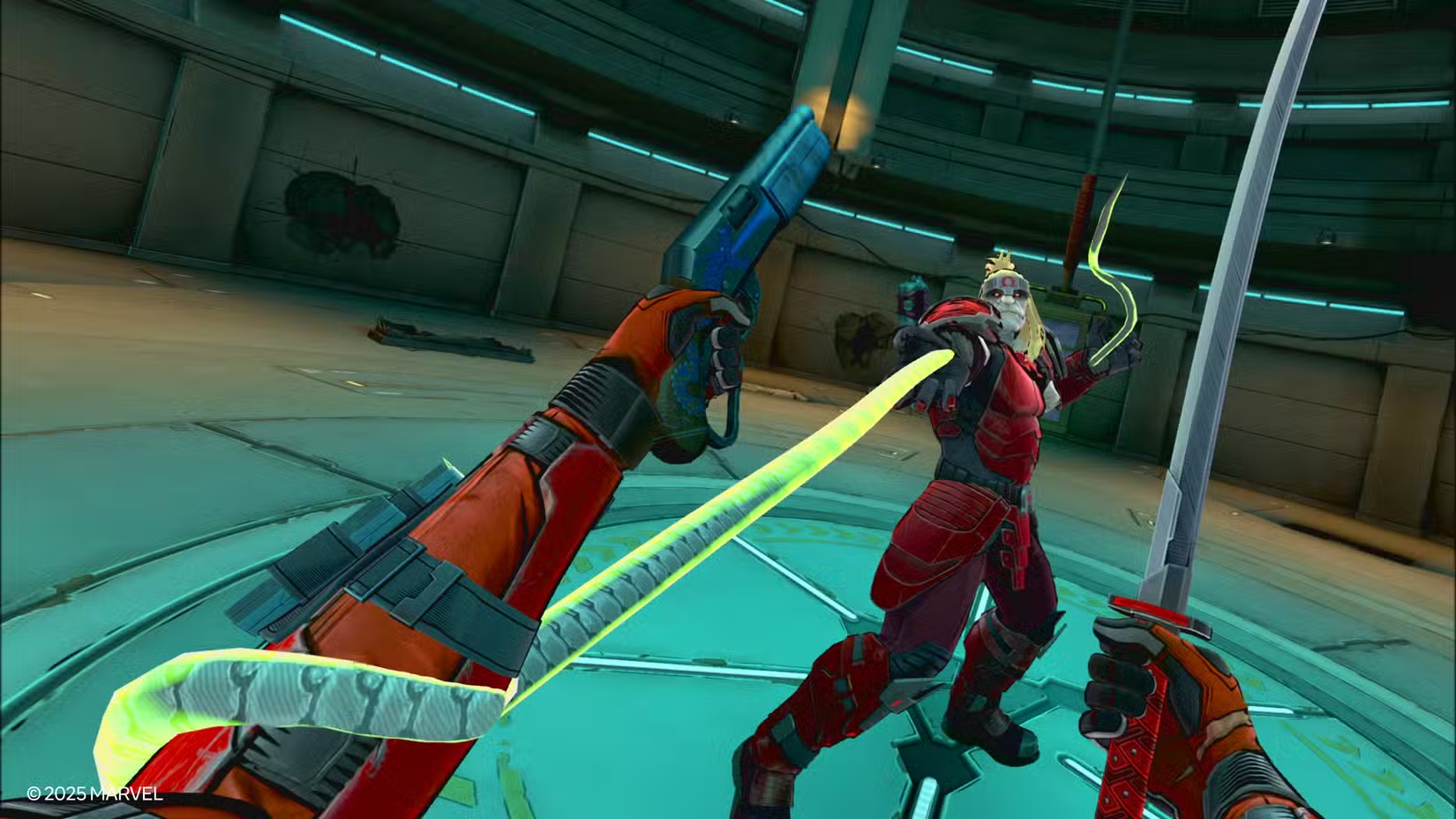
Neil Patrick Harris deserves special praise. His Deadpool voice performance is so convincing I kept forgetting it wasn’t Ryan Reynolds. He nails the sarcasm, the energy, the manic improvisational tone that defines Wade Wilson. John Leguizamo’s Mojo is similarly terrific, dripping sleazy charisma. Spiral’s performance is the only flat note.
Comfort options are plentiful, from snap turning and reduced motion effects to screen-blinders for new VR users. There’s even a Kidpool mode that filters out most profanity. It’s cute. It’s also utterly pointless. No one is playing Deadpool VR for a wholesome family-friendly time.
After ten intense hours, plus several more replaying levels with new variants, I walked away impressed. Marvel’s Deadpool VR is easily one of the most complete superhero VR experiences since Batman: Arkham Shadow—not because it’s deeper or more dramatic, but because it commits to its identity with reckless, joyful abandon. It wants to entertain you, shock you, make you laugh, and let you kick a henchman off a roof while dual-wielding laser-sighted pistols.
It succeeds.
Verdict
Marvel Deadpool VR is a chaotic, hilarious, stylish, and relentlessly fun action game that excels at everything it actually cares about: movement, combat, humor, and replayability. Weak boss fights and unskippable cutscenes dent the experience, but never enough to derail it. If you’re playing on Quest 3 and you want the most entertaining VR superhero experience since Arkham Shadow, this is it.

